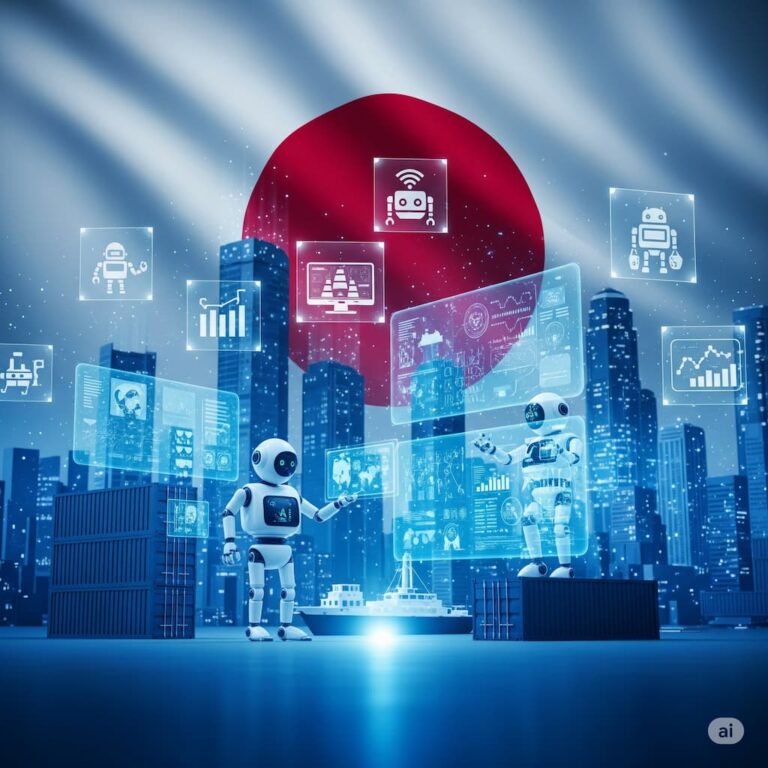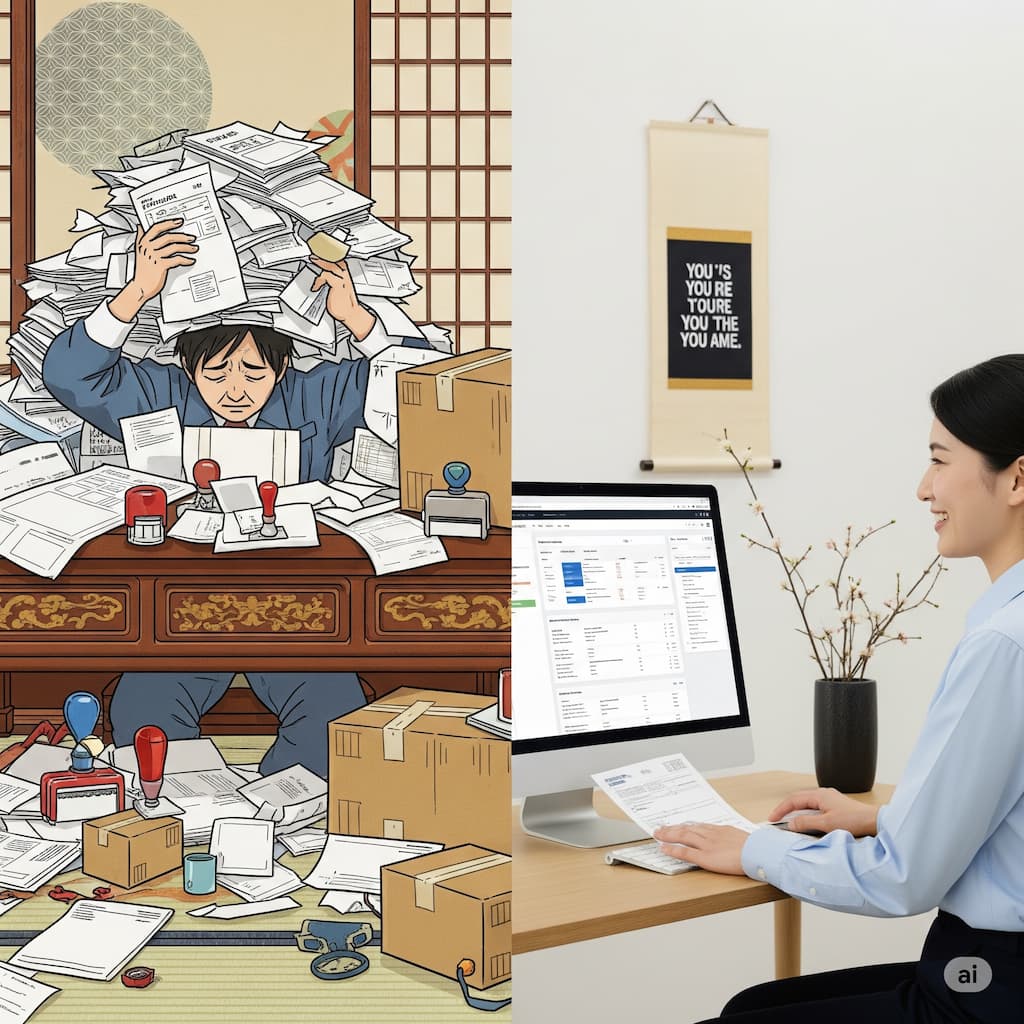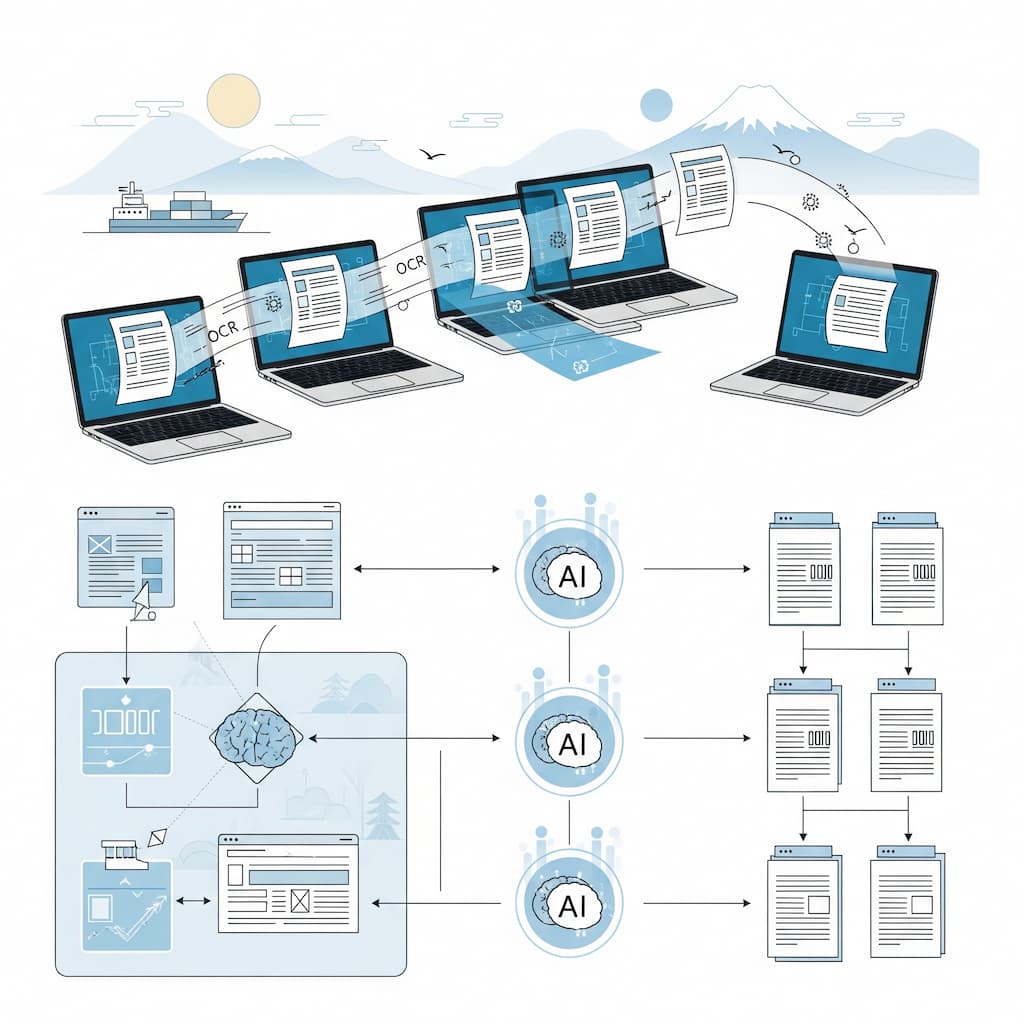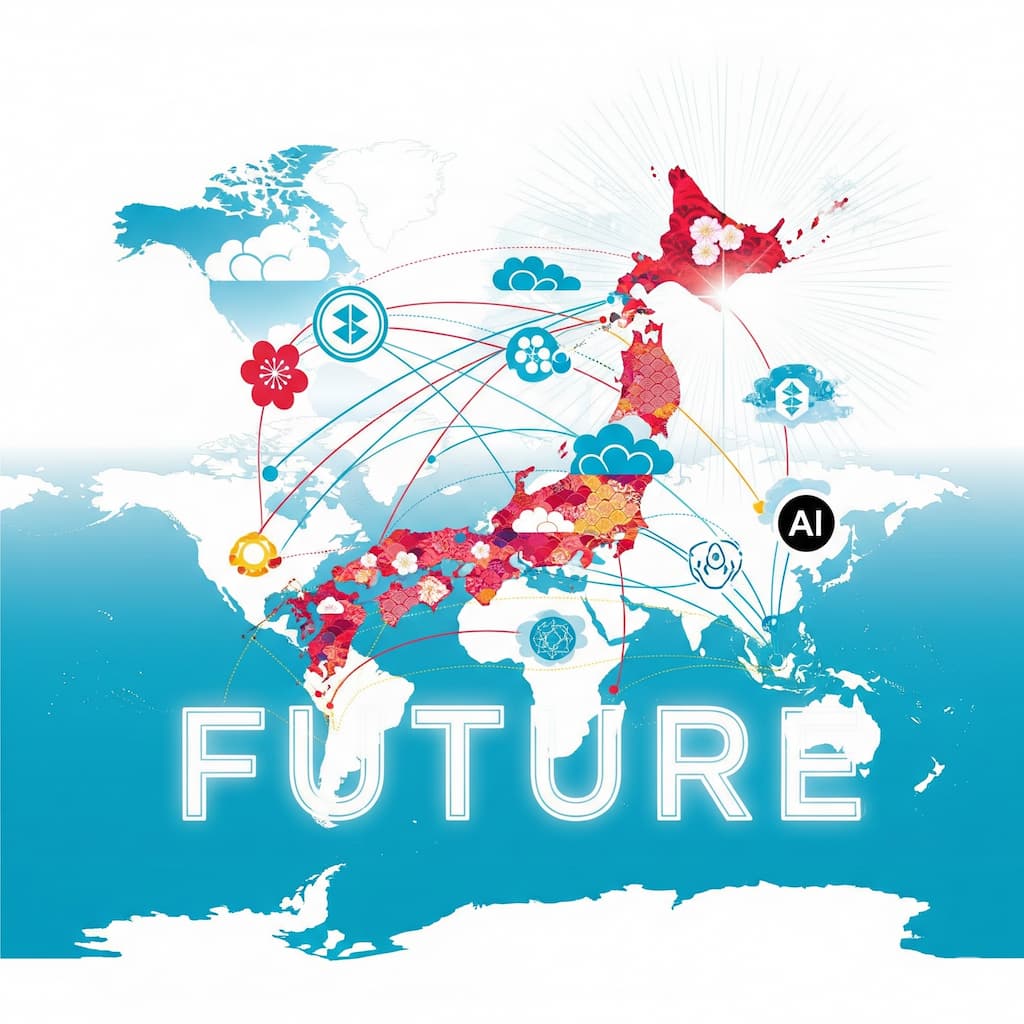Imagine you’re a small exporter in Osaka, shipping handmade ceramics to a buyer in Germany. You’ve packed your boxes with care, arranged transport, and then… You hit the mountain of paperwork. Bills of lading, invoices, certificates of origin—so many forms, all needing to be filled out precisely. One mistake, and your shipment could be delayed or rejected. This is where the magic of trade documentation with AI begins. Japan is tackling this age-old headache with cutting-edge tools that use artificial intelligence and automation to make trade simpler, faster, and more reliable. It’s a quiet revolution, but one that’s changing how the country does business—and it’s a story worth understanding.
Why Trade Documentation Matters (and Why It’s Been a Problem)
Trade documentation is the paperwork that follows a shipment from one country to another. It includes:
- Invoices
- Bills of lading
- Export declarations
- Import permits
- Certificates of origin
In Japan, where exports are a major part of the economy, these documents play a huge role. But for decades, they’ve been manually created, handled, and verified. This often leads to:
- Human errors (wrong numbers, missing information)
- Delays in processing
- Higher costs
- Frustration for small and medium-sized businesses (SMEs)
In a country known for efficiency, this outdated process has stood out like a fax machine in a smartphone world.
The Digital Shift: What’s Changing in Japan
The Japanese government and private sector have started to invest heavily in automation and AI for trade documentation. Here’s what’s happening:
1. Government-Led Initiatives
- Digital Agency Japan: Launched in 2021, this body is leading the charge to digitize government procedures, including customs and export documents.
- Japan Customs’ NACCS System: The Nippon Automated Cargo and Port Consolidated System is being enhanced with AI to analyze and verify documents faster.
2. Private Sector Innovations
- Mitsubishi Corporation and NTT Data have created AI tools to extract and verify data from shipping documents.
- TradeWaltz, a Japanese blockchain platform, is using AI to automate multi-party trade paperwork.
3. Public-Private Partnerships
- Pilot programs with logistics companies like Yusen Logistics are testing AI-based trade flows that reduce manual entry.
Understanding the Core Technology: Trade Documentation with AI
So how does trade documentation with AI actually work? Let’s break it down simply:
Natural Language Processing (NLP)
AI reads and understands the text in trade documents—even if it’s in different formats or languages.
Optical Character Recognition (OCR)
AI scans paper documents and turns them into digital text that can be edited, searched, and verified.
Machine Learning
The system learns from past data. If an invoice is flagged as incorrect, it remembers what was wrong—and avoids the same error next time.
Automation Bots
Bots fill out forms, send updates, and track document status without needing a human to click every button.
All of this means fewer mistakes, faster processing, and a smoother experience for everyone involved.
How This Impacts Real People and Businesses in Japan
Let’s go back to our Osaka ceramic exporter. With AI-powered systems:
- They upload one digital invoice
- AI extracts all needed data
- Forms are auto-filled and verified
- Shipping is approved in hours, not days
For small businesses, this can mean:
- Lower admin costs
- Faster cash flow
- Fewer staff needed for back-office work
Even large corporations like Toyota benefit, especially when managing global supply chains that involve hundreds of shipments daily.
Government Benefits:
- Easier tax and trade law enforcement
- Faster customs clearance
- Improved trade data analytics
For Everyday People:
- Lower import/export costs
- More product availability
- Economic growth and job stability
Real-World Progress: Facts and Figures
- In 2022, Japan’s Ministry of Economy, Trade and Industry (METI) reported that over 50% of export documents could be automated using AI tools.
- TradeWaltz reduced document processing times by up to 80% in a trial with Singapore.
- A report from Deloitte Japan estimates that full automation could save Japanese businesses over ¥100 billion annually in admin costs.
A Brief Historical Context: Trade Documentation with AI
Japan has long relied on “hanko” stamps, physical signatures, and fax machines—even in trade. The COVID-19 pandemic exposed how outdated some systems were, forcing a change.
The push for digital transformation was no longer optional—it became essential. This gave rise to stronger investments in AI, cloud services, and automation across industries.
Challenges and Concerns
Of course, no change is without its hurdles:
- Data Security: Who controls the AI? Is sensitive trade data safe?
- Cost of Transition: Smaller firms may struggle to adopt new systems.
- Training: Staff need to learn how to use new tools effectively.
But with strong support from the government and a growing ecosystem of tech providers, Japan is steadily overcoming these challenges.
The Global Connection: Japan Isn’t Alone
Japan isn’t the only country using AI for trade documents. Singapore, South Korea, and even the EU are exploring similar paths. What makes Japan stand out is its high volume of trade and strong tech infrastructure.
This also opens up opportunities for cross-border trade with harmonized digital documentation.
Practical Takeaways for Readers
Whether you’re a business owner, employee, or just a curious citizen, here’s what this trend means for you:
- Know your rights: Digital trade documents may affect how fast you get goods or refunds.
- Support businesses that use automation—many pass on savings to consumers.
- Upskill: Learning basic digital tools can help you stay competitive in the workforce.
- Stay informed about your country’s trade policies—they affect product prices and availability.
Final Thoughts: The Future of Trade is Smart
Japan’s efforts to streamline trade documentation with AI may sound technical, but the real-world benefits are clear: less hassle, faster trade, stronger economy. It’s a change that helps businesses, workers, and everyday citizens alike.
So the next time you order a gadget, enjoy sushi from Hokkaido, or see a “Made in Japan” label, remember—there’s less paperwork and more intelligence making that possible.
What do you think? Would you trust AI to handle your business documents? Share your thoughts in the comments.
References:
- Ministry of Economy, Trade and Industry (METI): https://www.meti.go.jp/english/
- Digital Agency Japan: https://www.digital.go.jp/en/
- Deloitte Japan Trade Automation Report (2022): https://www2.deloitte.com/jp/en.html
- TradeWaltz Official Site: https://www.tradewaltz.com/
- NTT Data Press Releases: https://www.nttdata.com/global/en/news/






